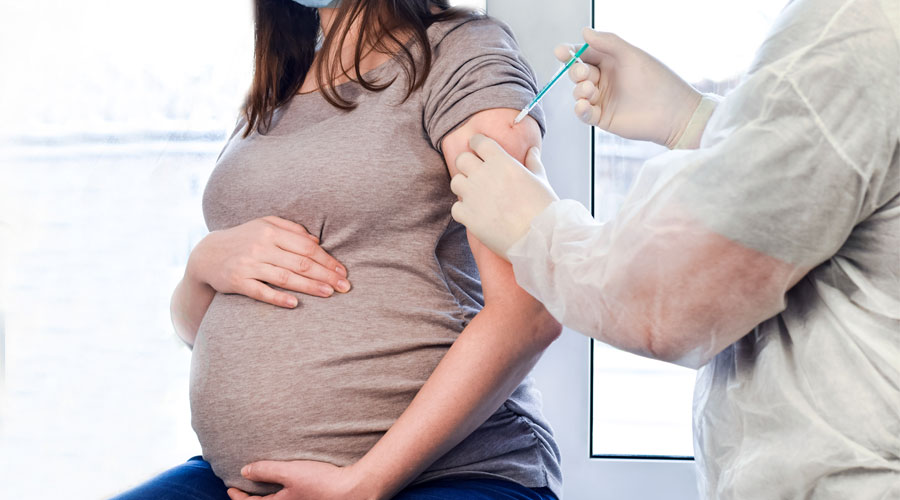Maternal health is one of the most important indices that reflect progress in a number of affiliated fields, such as health, nutrition, women’s agency and so on. Hearteningly, the latest data released by the Union health ministry show that India has improved its maternal mortality rate, registering 97 deaths on account of childbirth per one lakh live births during the period 2018-2020. In fact, this is the first time that the MMR has dropped below 100. Significantly, the decline in MMR is 25% compared to that of 2014-16. That is not all. Eight states have met the global target of 70 — the United Nations Sustainable Development Goal to reduce maternal deaths by 2030. This success can be attributed to the achievements of various government initiatives dedicated to ensuring reproductive health, such as the Janani Suraksha Yojana. However, a closer scrutiny of the data is necessary. This is because in spite of a decline in MMR’s national average, several inconsistencies remain among states. For instance, while Kerala was able to pull down its MMR to 19, Assam, Madhya Pradesh and Uttar Pradesh recorded maternal deaths above 160. There are other discrepancies as well. Earlier data have shown that the variations are not only among states but also among districts as well as population groups. For instance, although the southern states have recorded the lowest maternal deaths over the past few years, they also account for the highest cases of violence against pregnant women. This goes to show that the progress has been patchy and marred with inequalities.
The cheer in West Bengal must be muted too. Despite its improvement from the last figures, the state’s MMR at 103 is higher than that of the national average. Among Bengal’s neighbours, Jharkhand, which has the highest percentage of child brides in the country, scored 56, Odisha 119, and Bihar 118. The high number of maternal deaths in Bengal has been accorded to attendant complications in C-section deliveries, late referrals of critical cases to specialty hospitals, inadequate rural health infrastructure and insufficient antenatal care. These factors reveal some of the challenges that remain unaddressed by policy. Piecemeal policymaking, which takes into consideration local conditions and healthcare challenges, must be strengthened to reduce the anomalies in maternal care. Or else, the UN target will remain elusive.











